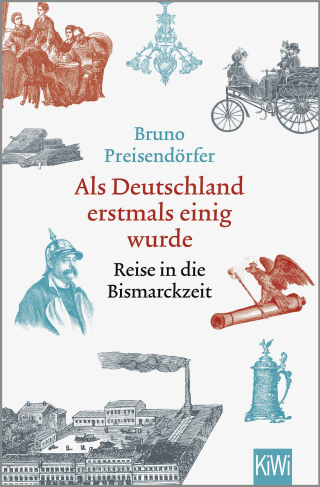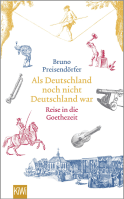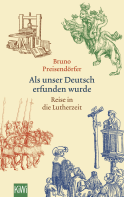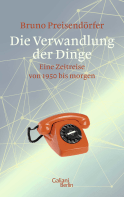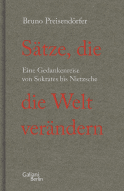Bruno Preisendörfer lädt ein in eine Zeit, in der Tausende Kilometer Eisenbahnlinien und Strom- und Telegrafenleitungen verlegt, Fabriken gebaut wurden und sich die Bevölkerung vervielfacht hat. In der das Gefälle zwischen Reich und Arm enorm wuchs und alte Arbeits- und Familienstrukturen sowie Wertesysteme zerbrachen. In der ein neues Land entstand.
Wir spazieren durch die Wilhelmstraße und lernen Haus für Haus ihre Bewohner kennen, besuchen Cafés, Ateliers und Tanzpaläste genauso wie Fabriken, Amtsstuben und Hinterhöfe. Wir zuckeln mit der Bahn in 16 Stunden von Berlin nach Köln, erleben, wie die ersten sechs Mädchen zum Abitur zugelassen werden und wie mit Franziska Tiburtius die erste Ärztin eine Praxis aufmacht. Wir tafeln mit Fontane, gehen mit Ferdinand Lasalle zum Duell, mit Marx zur Arbeiterversammlung, mit Bismarck in den Krieg und mit dem Kaiser zur Krönung.

